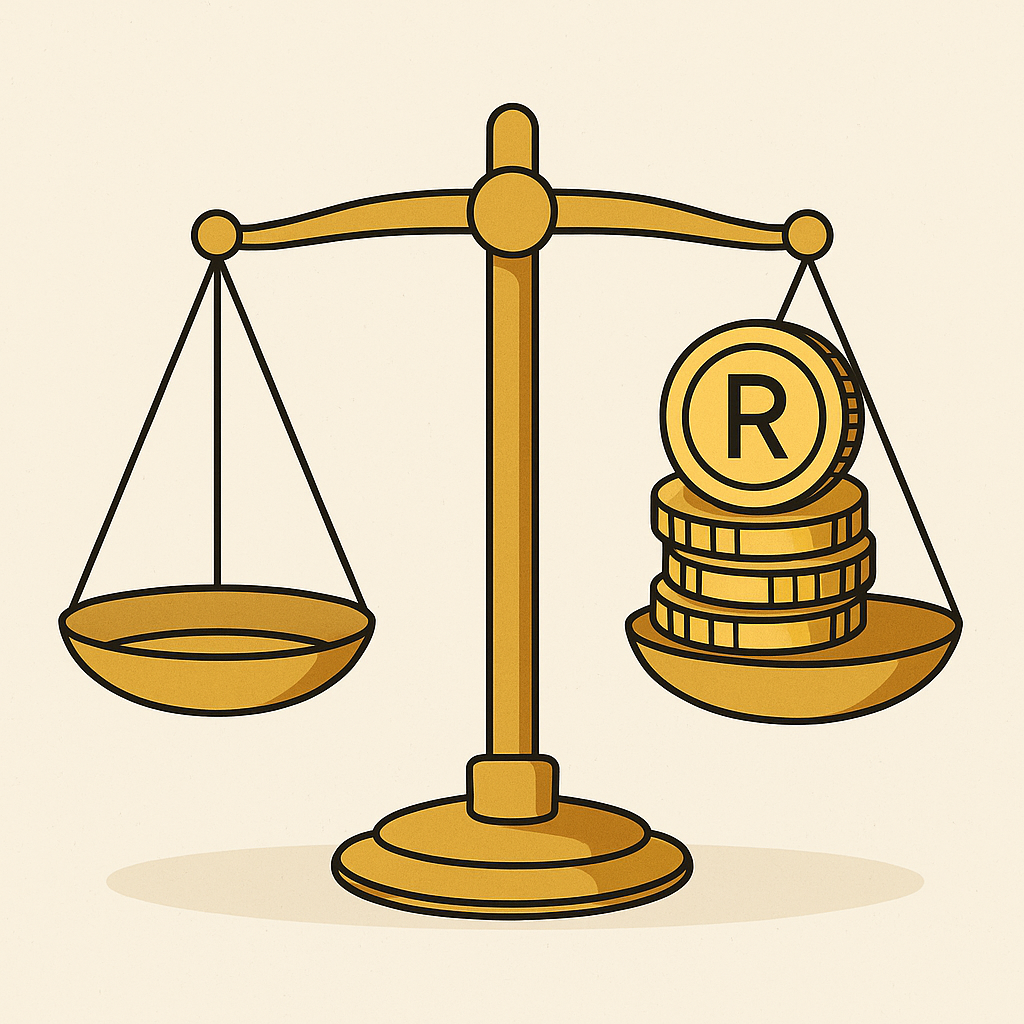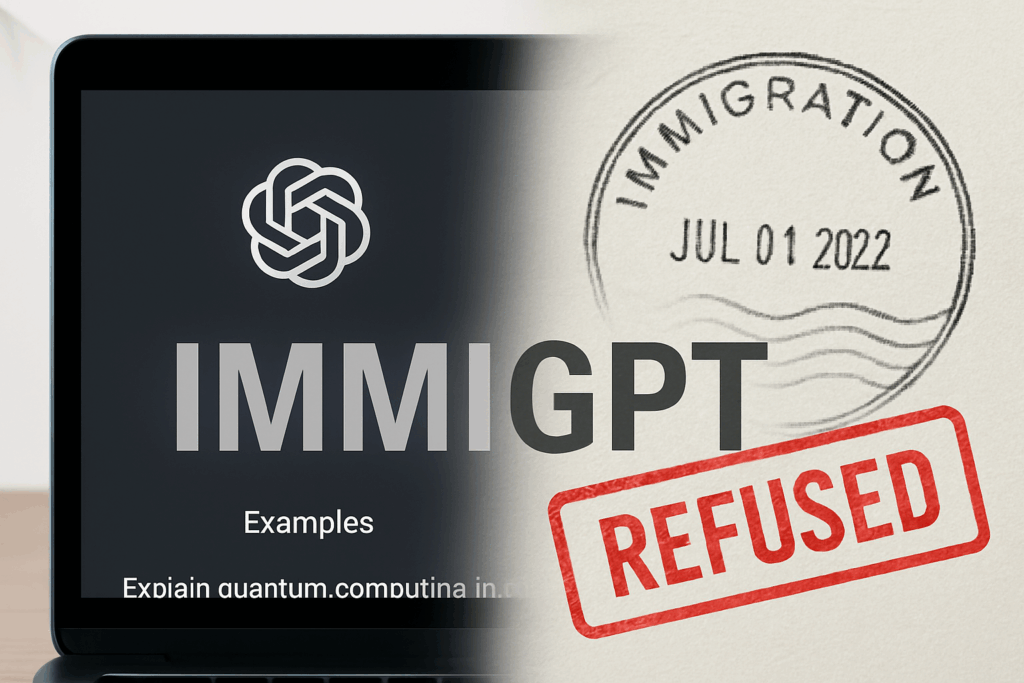No Proof, No Profit: The Perils of Chasing an Account in Trade Mark Cases
 When you win a trade mark infringement case, the natural instinct is to go after the other side’s profits. After all, why should the infringer keep any benefit from piggybacking off your brand? But as Kretchmer Enterprises Pty Limited v AMR Manufacturing Pty Limited [2025] FedCFamC2G 1394 shows, that’s often easier said than done.
When you win a trade mark infringement case, the natural instinct is to go after the other side’s profits. After all, why should the infringer keep any benefit from piggybacking off your brand? But as Kretchmer Enterprises Pty Limited v AMR Manufacturing Pty Limited [2025] FedCFamC2G 1394 shows, that’s often easier said than done.
Background: “All Lift” confusion
Kretchmer Enterprises (KEPL) trades as All Lift Forklifts, with a suite of registered marks in Class 37 and others. Its competitor, AMR Manufacturing (run by director Michael La Greca), began using All Lift Material Handling and Construction and related names.
Liability was not in issue. The respondents consented to declarations of infringement and permanent injunctions. That left the big question: what remedy? KEPL pushed for an account of profits, seeking to strip out AMR’s gains from the infringing conduct.
The problem with profits
On paper, an account of profits sounds straightforward: the infringer must disgorge what they wrongfully earned from misusing the mark. In practice, it’s fraught.
Here, KEPL argued that “Sundry GST-Free Payments” appearing in AMR’s cashflow documents (produced under a notice to produce) represented profits. KEPL’s calculation put those figures at around $137,000.
Judge Manousaridis wasn’t convinced. Three strikes sank the claim:
-
Implausible categorisation: The “Sundry GST-Free Payments” were more likely linked to equipment purchases or financing, not net profits.
-
Failure to attribute: KEPL treated all of AMR’s income as if it was attributable to the “All Lift” brand, rather than identifying which sales were actually driven by the infringing use.
-
Notice timing: There was no evidence AMR knew of KEPL’s marks before 30 October 2023. Any account could only run from that date — further cutting back the claim.
The director angle
KEPL also tried to rope in Mr La Greca personally, arguing he was jointly and severally liable for any profits. The Court flatly rejected this. Since no such declaration had been pleaded, and liability was admitted only in AMR’s corporate capacity, there was no personal exposure.
The takeaway
This case is a reminder that:
-
Evidence is everything. If you’re seeking an account of profits, you need invoices, ledgers, and clear links between infringing sales and the trade mark. Broad-brush assumptions won’t cut it.
-
Attribution matters. Not every dollar earned by an infringer is profit from the brand misuse. The court will only strip out the gain attributable to the wrongful use of the mark.
-
Timing counts. Accounts run only from when the infringer knew (or was put on notice) of the rights.
-
Directors aren’t automatically liable. Unless properly pleaded, personal exposure is off the table.
Final word
The sting in the tail for KEPL: despite a clean win on infringement, its claim for profits was dismissed entirely.
The lesson for brand owners and their lawyers? Sometimes it’s smarter to seek damages — or statutory additional damages under s 126(2) — rather than chasing an elusive account.
In trade mark litigation, victory on liability doesn’t always translate to money in the bank. As this case shows: no proof, no profit.
 It was always going to be a cheeky choice — BROWN NOSE DAY for a bowel cancer fundraiser — but was it unlawfully close to RED NOSE DAY and its colourful cousins?
It was always going to be a cheeky choice — BROWN NOSE DAY for a bowel cancer fundraiser — but was it unlawfully close to RED NOSE DAY and its colourful cousins? There’s a common misconception that “if I’m not making money from it, it’s fine.” Not so.
There’s a common misconception that “if I’m not making money from it, it’s fine.” Not so.  What happens when you take a world-famous tech acronym and bolt it onto your own business name?
What happens when you take a world-famous tech acronym and bolt it onto your own business name? Nothing lasts forever—not even copyright.
Nothing lasts forever—not even copyright. Cirrus Real Time Processing Systems Pty Ltd v Jet Aviation Australia Pty Ltd (formerly Hawker Pacific Pty Ltd) [2025] FCAFC 85
Cirrus Real Time Processing Systems Pty Ltd v Jet Aviation Australia Pty Ltd (formerly Hawker Pacific Pty Ltd) [2025] FCAFC 85